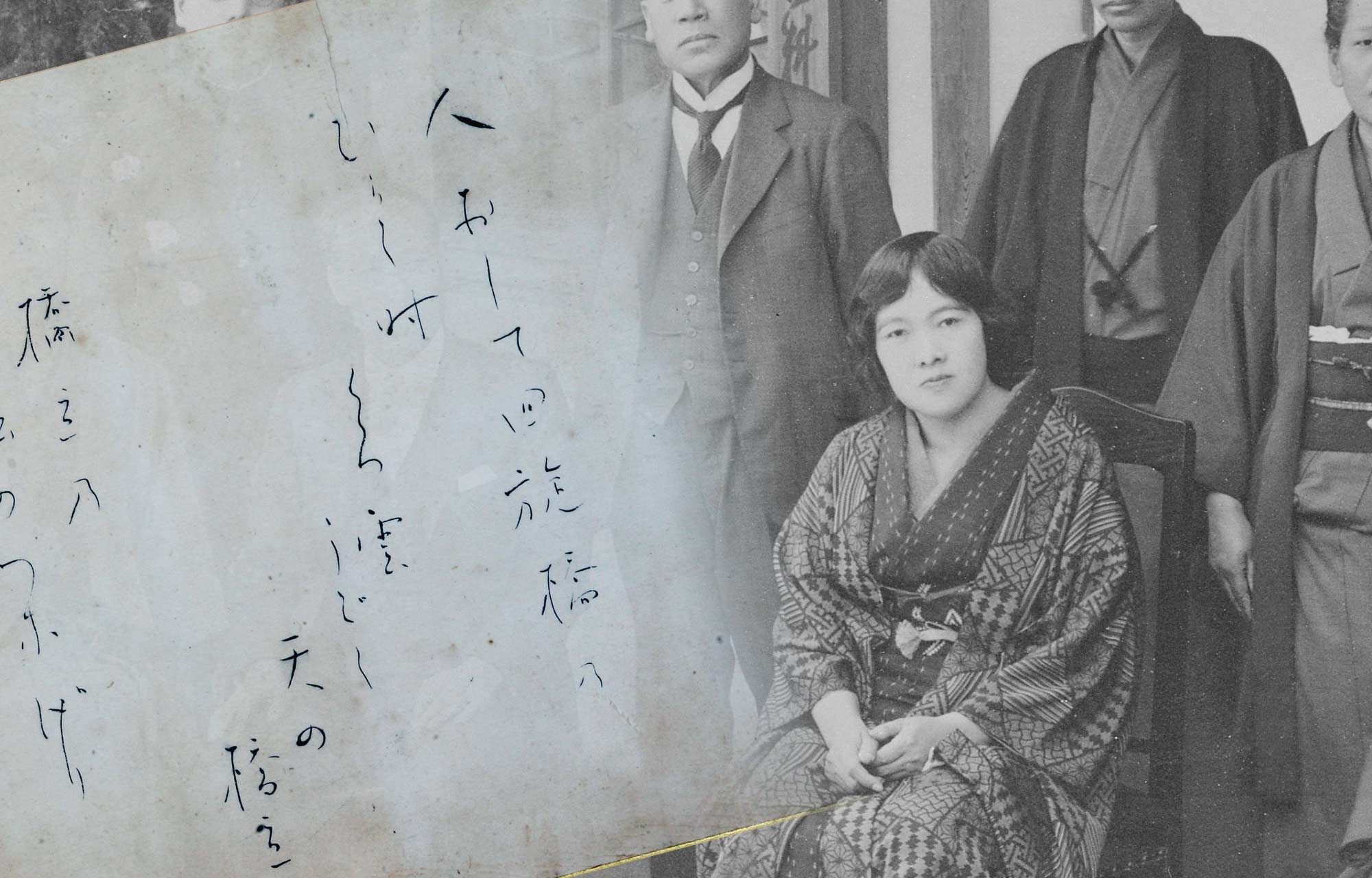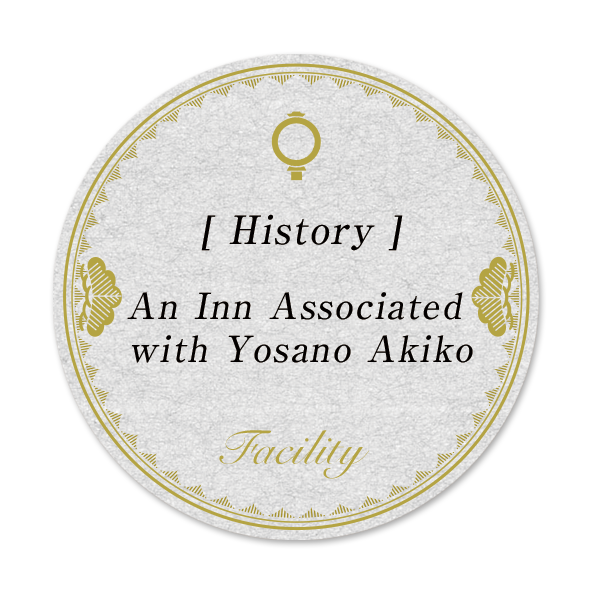
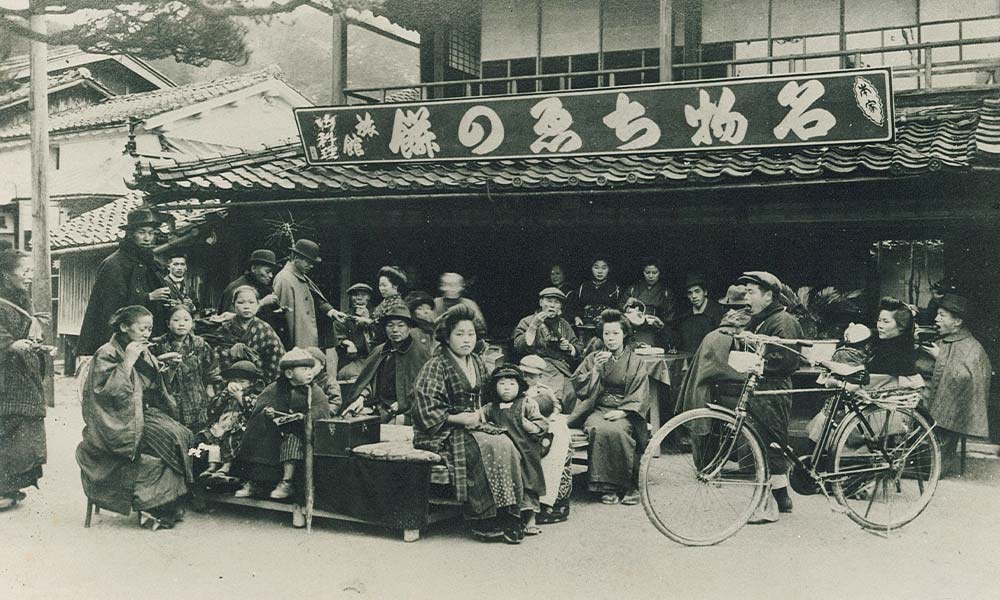
Kanshichi Chaya: Where It All Began
During the Karyaku era (1300s), an old woman sold mochi in front of Monju Hall at Chion-ji Temple. This hall enshrines Monju Bosatsu (Manjushri), the Buddha of wisdom, known through the proverb, "Three heads are better than one." Legend holds that a child who ate her mochi became clever beyond their years, surpassing adults, and that this event marks the origin of the famous Chie no Mochi (Wisdom Cakes). In 1690 (Genroku 3), the business began as Kanshichi Chaya in front of the Chion-ji Temple gate. Generation after generation, the family head, known as Kanshichi, maintained the traditional taste; the family is now in its 13th generation.
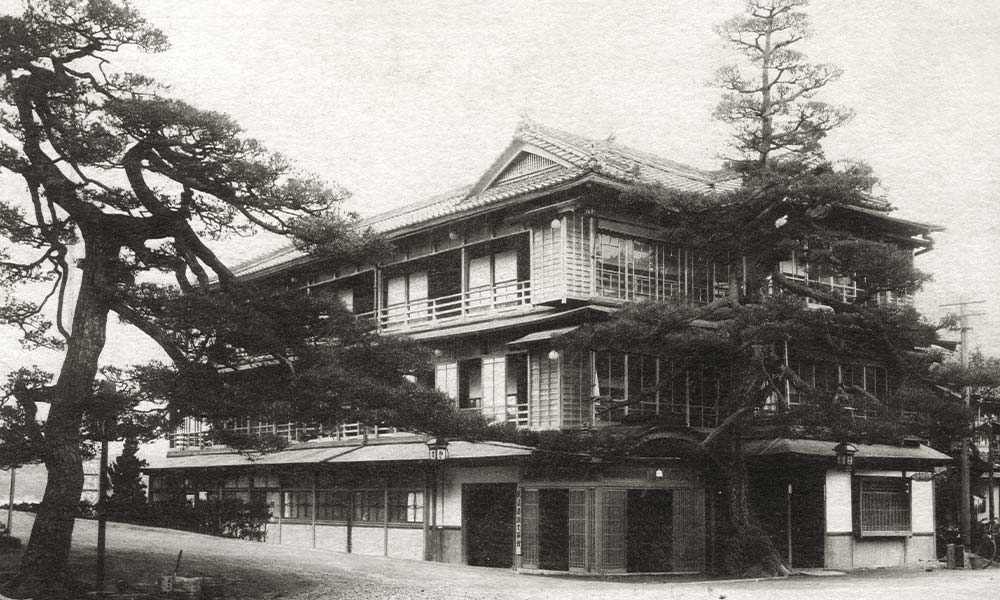
The Inn's Beginnings: Taikyourou
As more people began visiting Amanohashidate and paying homage at Chion-ji's Monju Hall, the temple granted permission. In 1868 (the first year of Meiji), Taikyourou was founded as an inn across from Kanshichi Chaya. Origin of the Name The name Taikyourou, meaning roughly "Tower Facing the Bridge/Sandbar," was bestowed long ago by the lord of the Miyazu domain. During an outing to Amanohashidate, he named it for its location offering a superb view directly facing the sandbar.
An Inn Associated with Yosano Akiko and Many Other Poets
The couple Yosano Hiroshi (Kan) and Akiko stayed here for two nights from May 22nd, 1930 (Showa 5). During their stay, they wrote many works inspired by Amanohashidate in the main hall. Akiko returned in April 1940 (Showa 15), five years after her husband had passed away, accompanied by her youngest daughter, Fujiko. Unfortunately, after returning to Tokyo from this poetry journey to Amanohashidate, her cerebral hemorrhage recurred, and she passed away two years later. Although Akiko traveled throughout Japan composing poetry, this area became the destination of her final poetry journey. In July 2006 (Heisei 18), the Association for Protecting Amanohashidate erected a poetry monument within Amanohashidate dedicated to the couple Yosano Hiroshi (Kan) and Akiko, who loved the area. (Works are exhibited in "Akiko's Room" within our inn.)




Mini Gallery "Akiko's Room"
"Akiko's Room," a mini-gallery within the inn, exhibits hanging scrolls and other items related to Yosano Akiko and Hiroshi (Kan).
History of Taikyourou (Monjusou Group)
1690: Kanshichi Chaya founded in front of the Chion-ji Temple gate.
1868: Taikyourou opened.
1954: Monjusou Annex opened (later became Shourou-tei).
1966: Monjusou New Building opened (later became Monjusou).
1971: Taikyourou expanded and renovated, renamed Hotel Taikyo.
1992: Hotel Taikyo partially renovated for a more traditional Japanese inn style, renamed Oyado Taikyo.
1999: Amanohashidate Hot Spring opened.
2000–2001: Hotel Taikyo renovated to preserve vestiges of its founding era, befitting its location before the Chion-ji gate. The inn's name was also changed back to the original Taikyourou.
2022–2024: Taikyourou underwent a full renewal, renovating almost the entire building, including all guest rooms.
Sister Inns Monjuso and Shoro-tei
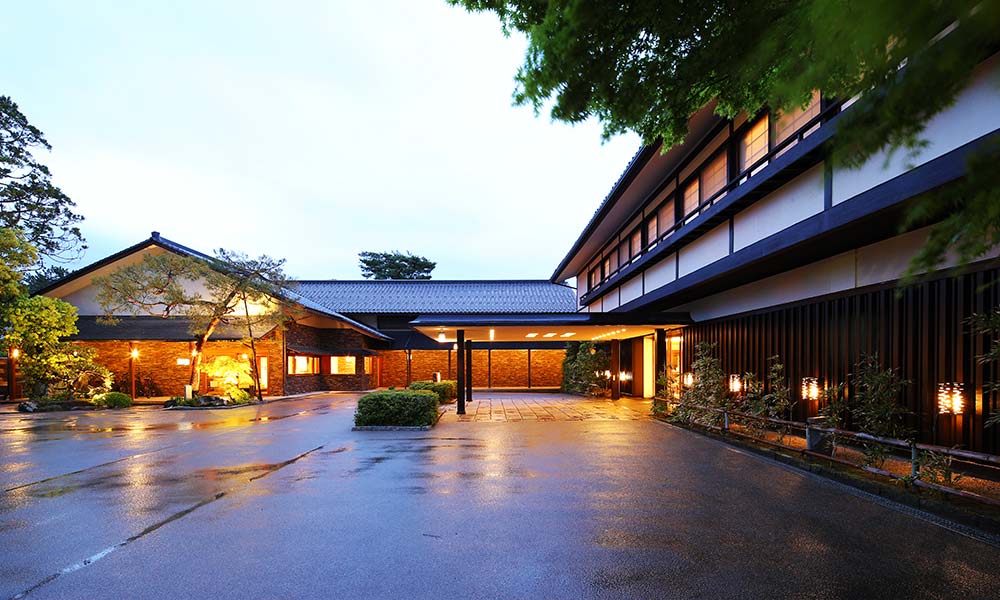
Monjuso: An Inn with Amanohashidate Views from All Rooms
In 1966 (Showa 41), Monjuso New Building (later Monjuso) opened, incorporating the Amanohashidate canal and pine tree avenue directly in front as "borrowed scenery" (shakkei). The building was designed by Junzo Yoshimura, a leading Japanese architect who was also responsible for the basic design of the Imperial Palace. Captivated by Junzo Yoshimura's work, the 11th generation head of the Kanshichi family requested him to undertake the design. Although Yoshimura initially declined due to his busy schedule, he reportedly accepted, saying, "I yielded to your tremendous passion." With Junzo Yoshimura's philosophy, "The pursuit of the simple and beautiful," as a motto, the inn continually undergoes renovations. These aim to create a space offering soothing waterside views, a comfortable stay, and the ambiance of a Japanese resort.
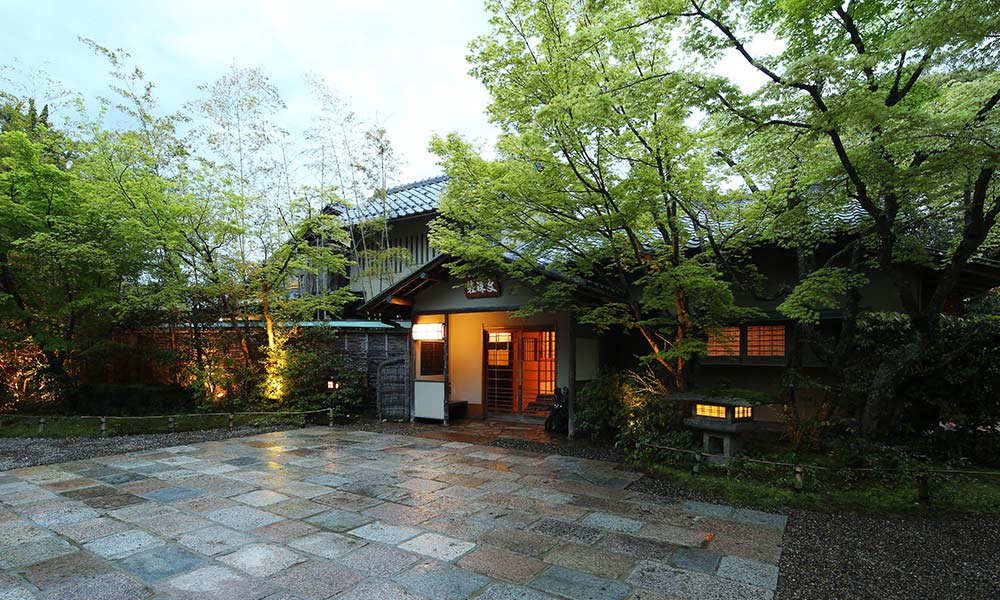
Shoro-tei: Standing Quietly by Amanohashidate
In 1954 (Showa 29), Monjuso Annex (later Shoro-tei) opened on the Monjudo Cape. It was built entirely as a single-story structure in the sukiya style by master craftsmen from Kyoto. The late author Yamaguchi Hitomi, who regularly stayed here, wrote about it in his work Ikitsuke no Mise: "Everything is perfectly flat (mattaira) and calm. That flatness continues indefinitely. When 'flatness' comes to mind, I feel calm and relaxed... I wish every Japanese person could experience that perfectly flat scene at least once." Currently, as the only inn located within Amanohashidate Quasi-National Park, it welcomes guests.


